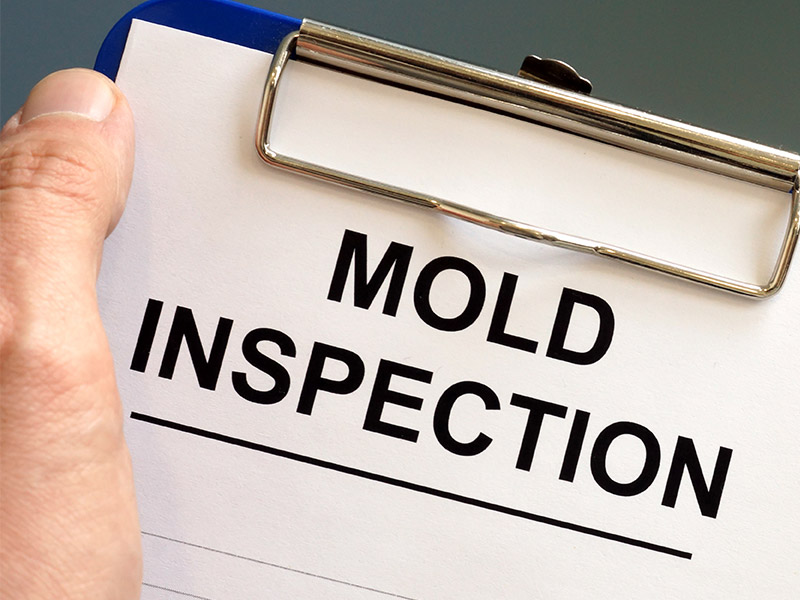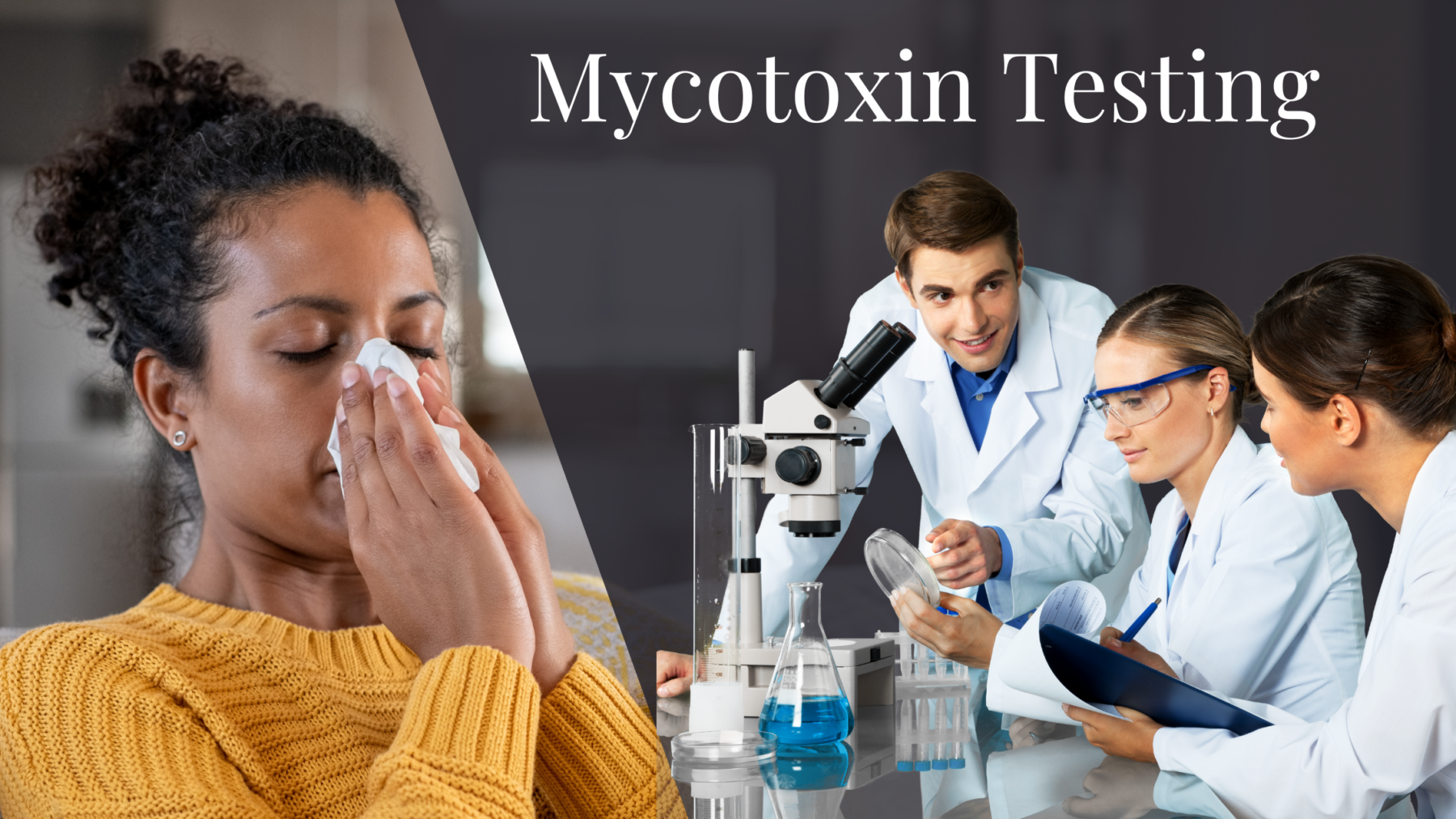Mycotoxin testing Services: Making certain Top Quality and Safety And Security in Your Supply Chain
Just How Mycotoxin Screening Helps Avoid Contamination and Secure Food Products

Mycotoxin testing is an essential method in the food industry, serving as a frontline protection versus contamination by damaging contaminants produced by mold and mildews. Via the application of innovative techniques like High-Performance Fluid Chromatography (HPLC) and Liquid Chromatography-Mass Spectrometry (LC-MS), food producers can properly detect and measure mycotoxin degrees in farming items.
Recognizing Mycotoxins
Comprehending mycotoxins starts with acknowledging that they are hazardous secondary metabolites created by specific mold and mildews, which can pollute agricultural products. These metabolites are not necessary for the development or reproduction of the fungi yet can have severe effects for human and animal health and wellness. Mycotoxins are commonly located in staple crops such as corn, wheat, barley, and nuts, where they can proliferate under details problems of dampness and temperature level.
There are numerous kinds of mycotoxins, each produced by various fungal types. Fusarium varieties create trichothecenes and fumonisins, both of which are linked with different severe and persistent health concerns.

Dangers of Mycotoxin Contamination
The dangers of mycotoxin contamination are diverse, posing substantial dangers to both food security and public health. Mycotoxins, toxic substances created by certain kinds of fungis, can contaminate a vast array of farming items including grains, nuts, flavors, dried fruits, and coffee. As soon as these toxic substances infiltrate the food supply, they can bring about significant wellness issues such as liver damages, kidney failure, and also cancer cells. Vulnerable populaces, including youngsters, the elderly, and immunocompromised individuals, are specifically in jeopardy.
Financial effects are another major worry. Polluted plants can lead to significant monetary losses for farmers and food manufacturers because of reduced returns and the requirement for costly decontamination steps. Global trade can be considerably hindered as nations enforce stringent mycotoxin guidelines to shield their populaces, leading to denied deliveries and strained trade connections.
Environmental elements such as environment change aggravate the risk of mycotoxin contamination. Variants in temperature and humidity can produce favorable problems for fungal development, increasing the likelihood of contamination occasions. Thus, understanding and mitigating these risks are vital for making certain the safety and security and honesty of international food products.
Approaches of Mycotoxin Evaluating
Accurately identifying mycotoxin contamination in agricultural products is essential for safeguarding public health and maintaining food safety and security criteria. Different approaches are employed to spot and quantify mycotoxins, each offering specific benefits and constraints.
High-Performance Fluid Chromatography (HPLC) is a widely used approach as a result of its high level of sensitivity and accuracy. It entails separating mycotoxins from various other compounds in a sample, enabling exact metrology. Fluid Chromatography-Mass Spectrometry (LC-MS) integrates fluid chromatography with mass spectrometry to supply comprehensive molecular details, making it specifically useful for identifying numerous mycotoxins concurrently.

Gas Chromatography-Mass Spectrometry (GC-MS) and Thin-Layer Chromatography (TENDER LOVING CARE) click over here are likewise Get More Info utilized, each with distinct applications. GC-MS works for volatile mycotoxins, while TLC provides an easier, affordable alternative for preliminary testing.
Advantages of Routine Checking
Routine testing for mycotoxins in agricultural products provides many advantages, significantly adding to public health and food safety. By recognizing contamination early, routine screening assists avoid the distribution of poisonous foods, therefore minimizing the danger of mycotoxin-related health problems among customers. This positive method not just safeguards human wellness however also boosts the general quality of food products.
Constant testing additionally supports governing conformity. Different countries and areas have developed strict limits for mycotoxin degrees in food and feed. Sticking to these restrictions through regular testing makes certain that producers and distributors satisfy legal requirements, thereby preventing fines and trade barriers. Preserving conformity fosters customer count on and brand track record, which are critical for market success.
Furthermore, normal mycotoxin screening can lead to considerable economic advantages. Early discovery of contamination enables prompt intervention, minimizing potential losses from extensive contamination. Applying normal screening protocols can also reduce recall costs and associated obligations, which can be economically ravaging.
Moreover, normal testing supplies useful information that can notify Related Site far better farming techniques and storage space problems. By recognizing patterns of contamination, manufacturers can take on preventative procedures, consequently adding and minimizing future dangers to the sustainability of the food supply chain.
Executing Evaluating Protocols
Carrying out effective mycotoxin screening procedures is crucial for guaranteeing the safety and quality of farming items. Each phase needs to be scrutinized to identify where mycotoxin contamination is most likely to take place.
When important control factors are recognized, picking ideal screening approaches is crucial. Typical techniques include enzyme-linked immunosorbent assay (ELISA), high-performance liquid chromatography (HPLC), and mass spectrometry (MS) Each approach has its strengths and weak points; hence, selecting the appropriate one depends on the certain mycotoxin being examined, the required sensitivity, and readily available resources.

Finally, incorporating the screening protocols into a comprehensive food safety and security management system is recommended. This boosts traceability and allows quick corrective activities when contamination is found, thus safeguarding the stability of the food supply chain.
Conclusion
Mycotoxin screening is essential in avoiding contamination and securing food products by enabling early detection of damaging toxic substances generated by mold and mildews in farming items. Normal screening enhances brand name reputation, financial stability, and count on in food security by reducing contamination-related losses and preserving high requirements in food manufacturing.
Mycotoxin screening is a crucial technique in the food sector, offering as a frontline protection versus contamination by dangerous contaminants generated by mold and mildews. An incorporated approach including agricultural methods, storage management, and regular screening can minimize the threats connected with mycotoxin contamination, making sure food security and public health.
The risks of mycotoxin contamination are multifaceted, posturing substantial dangers to both food security and public health.Regular screening for mycotoxins in farming products offers countless advantages, substantially contributing to public health and food safety and security.Mycotoxin testing is important in preventing contamination and guarding food materials by enabling very early discovery of hazardous contaminants created by molds in farming products.